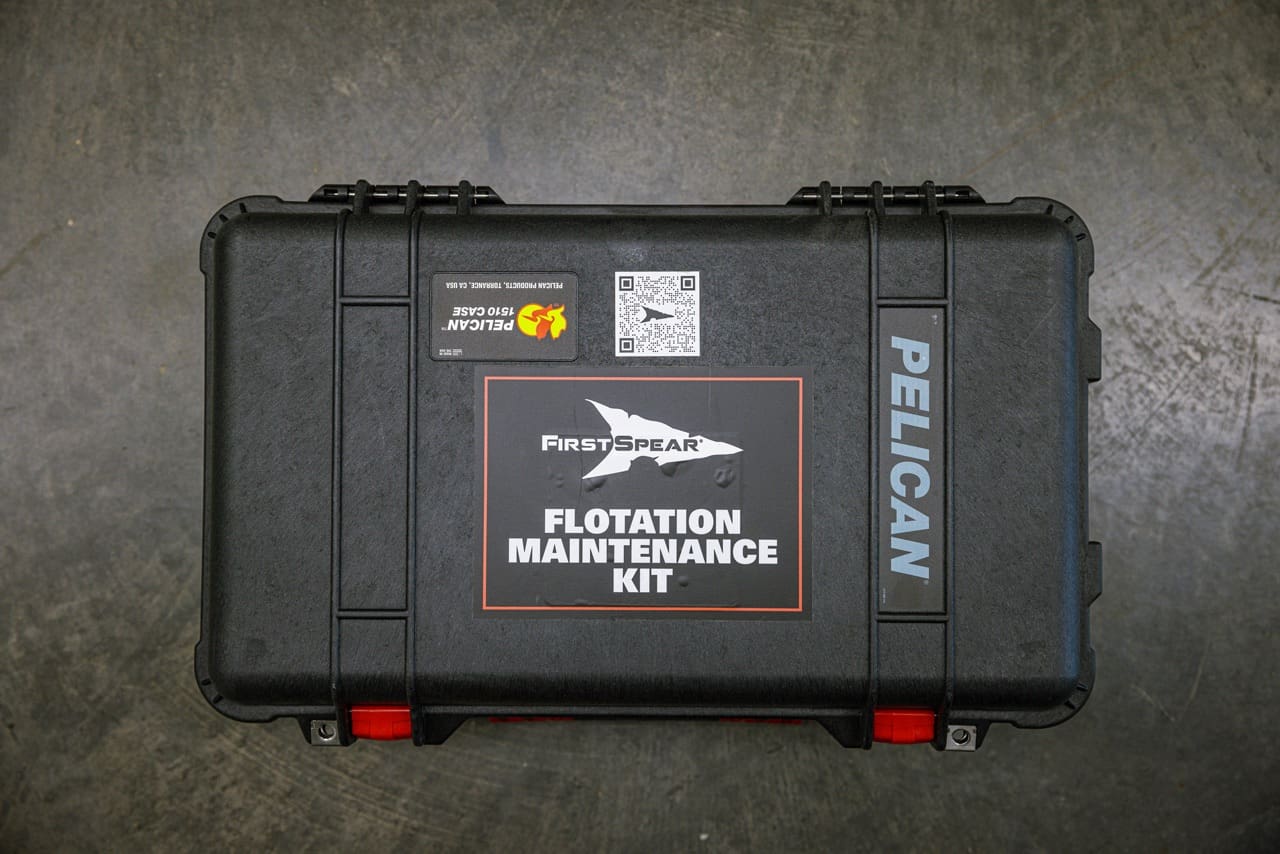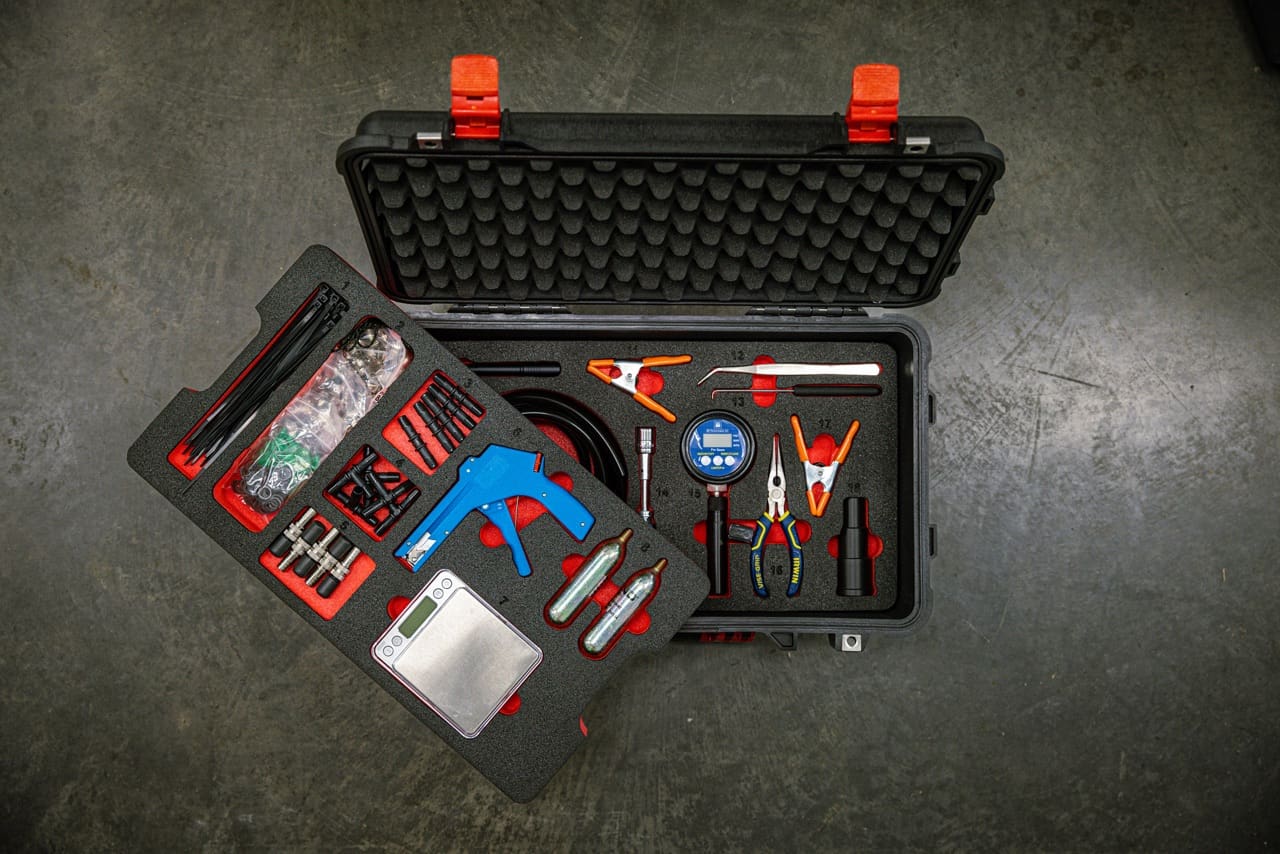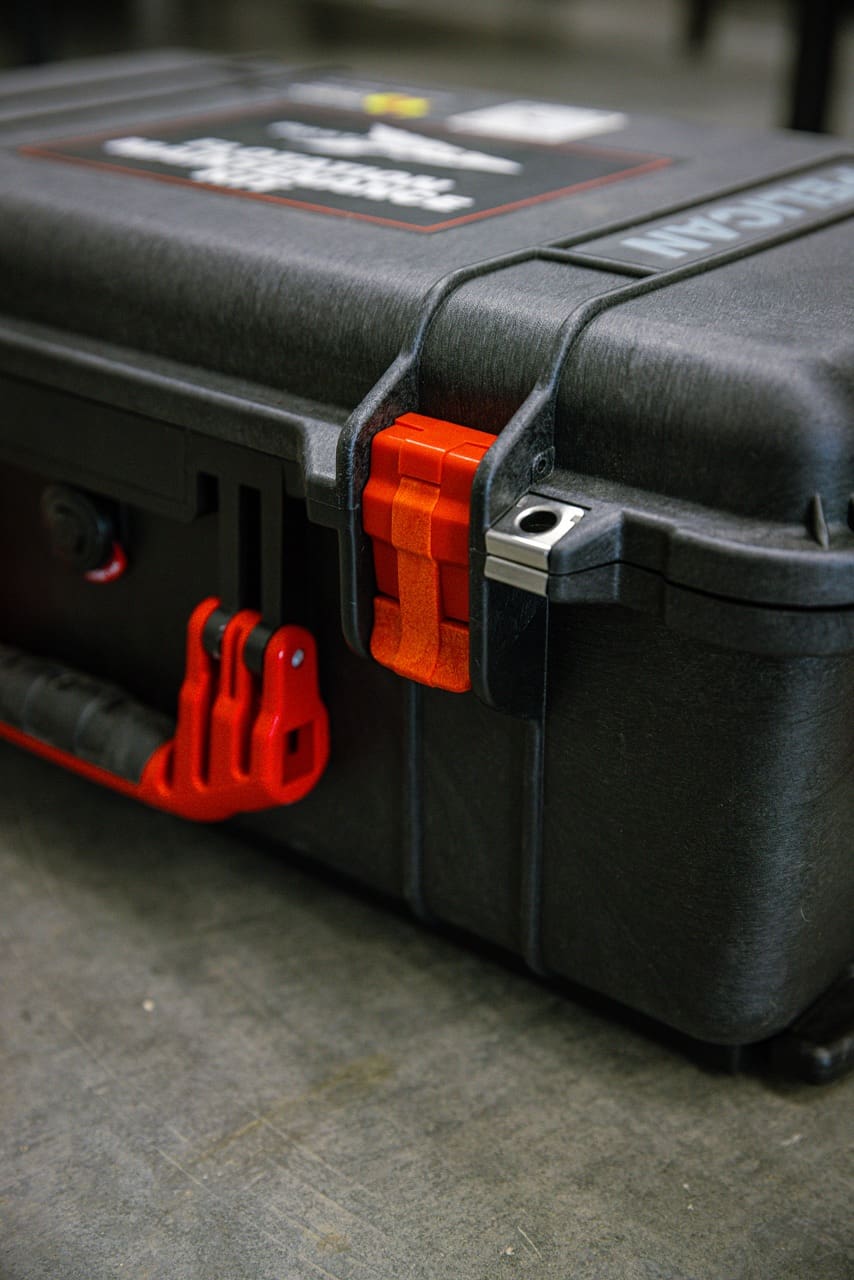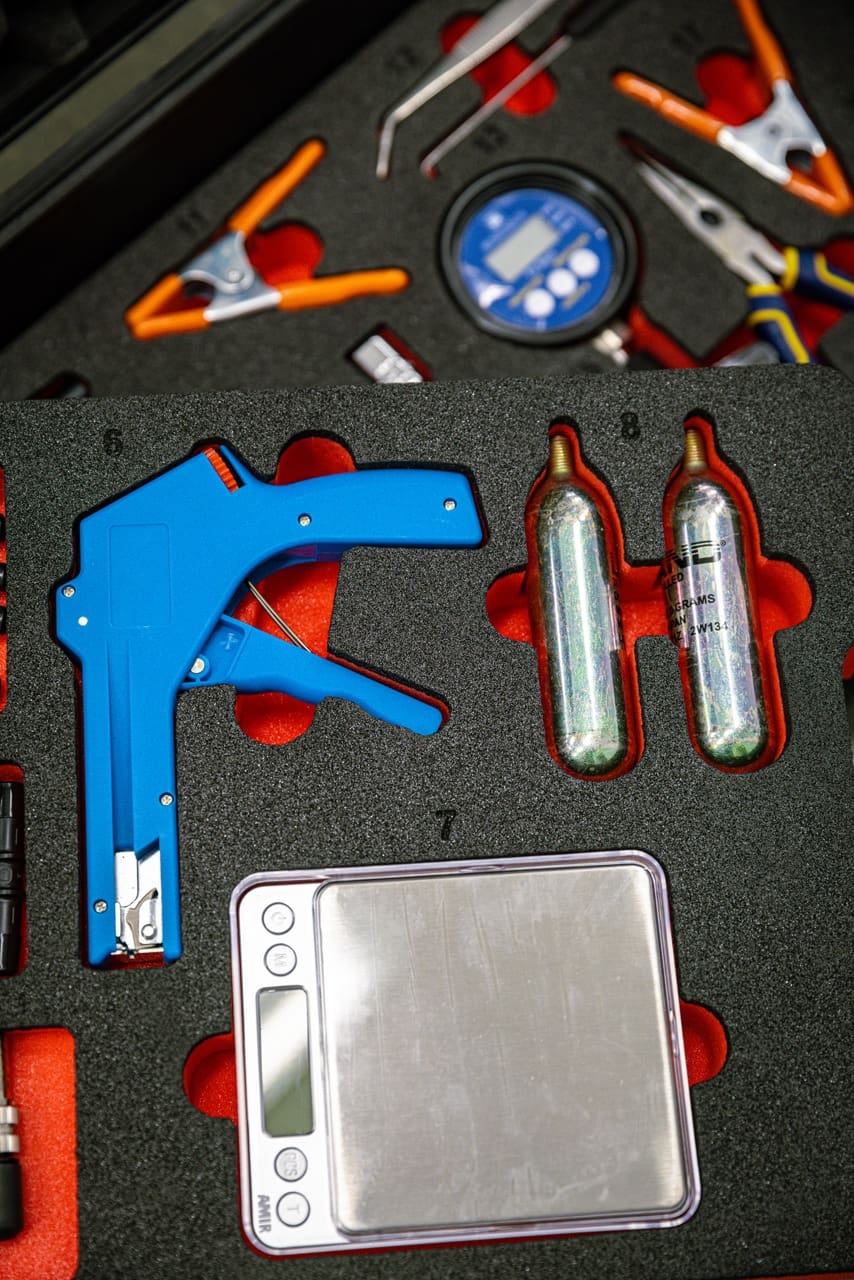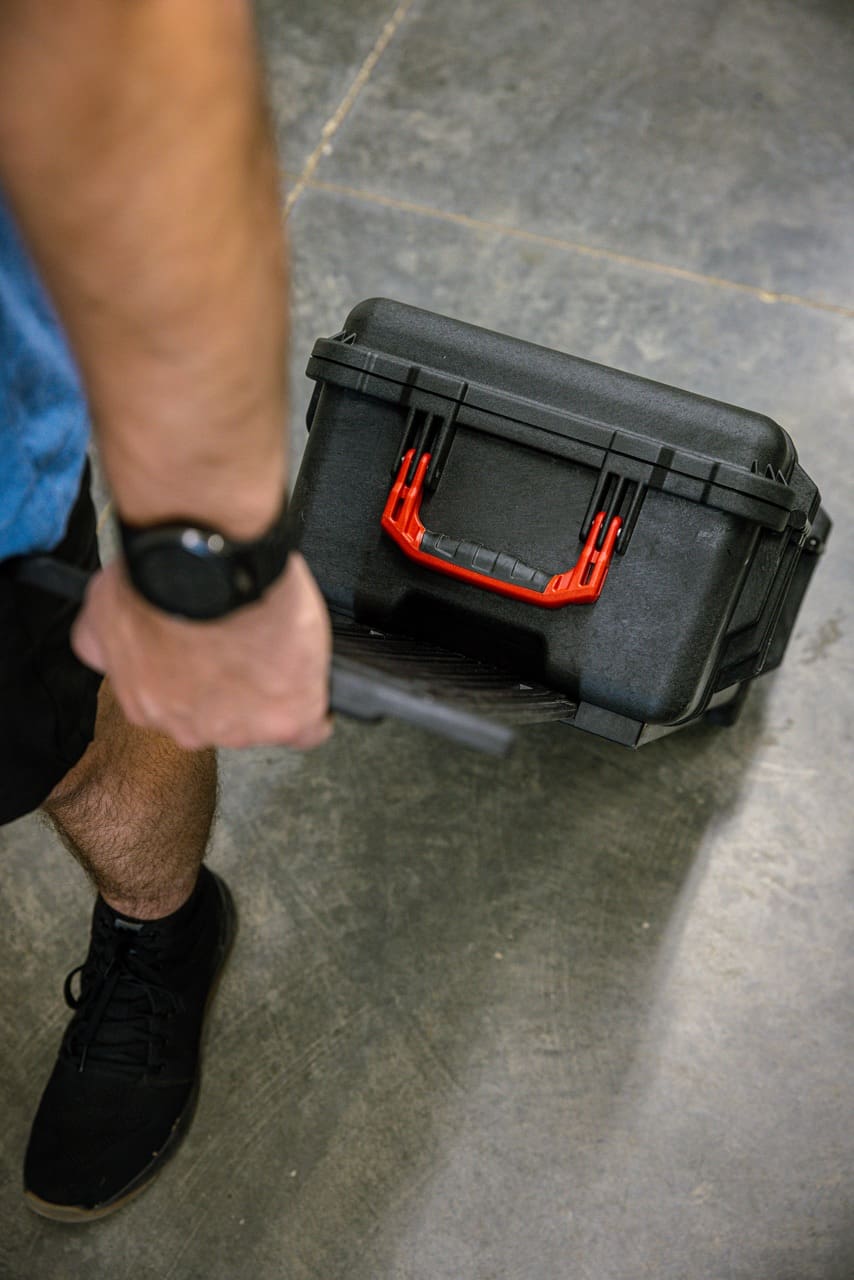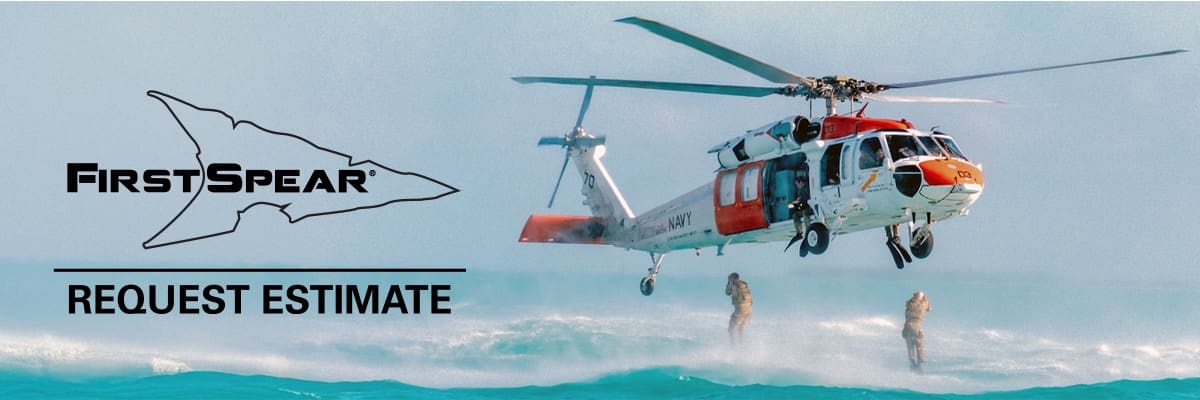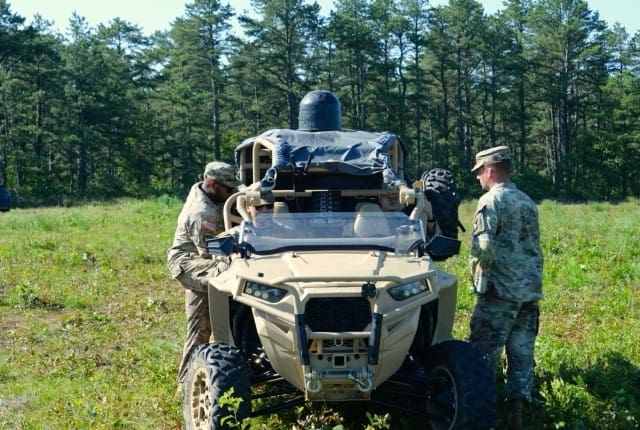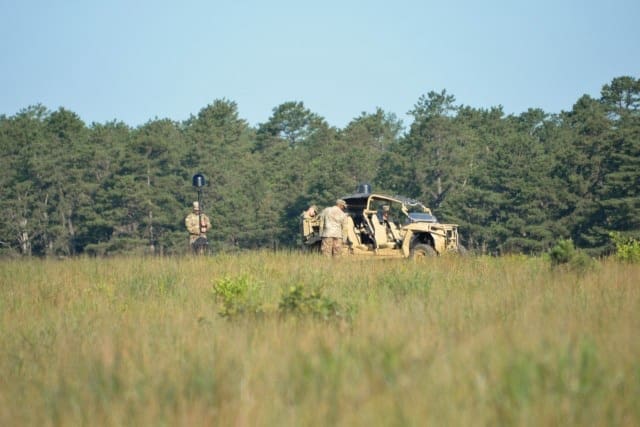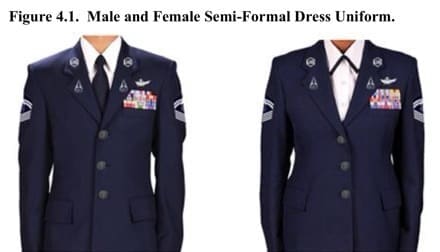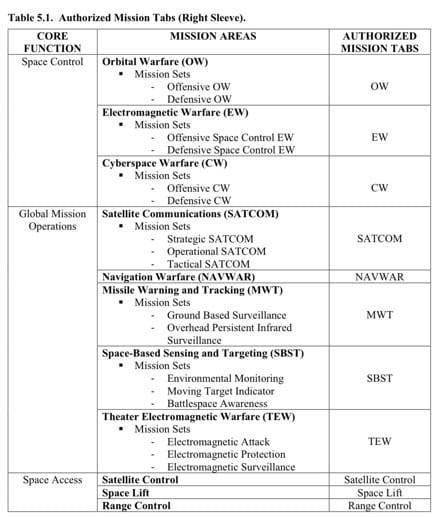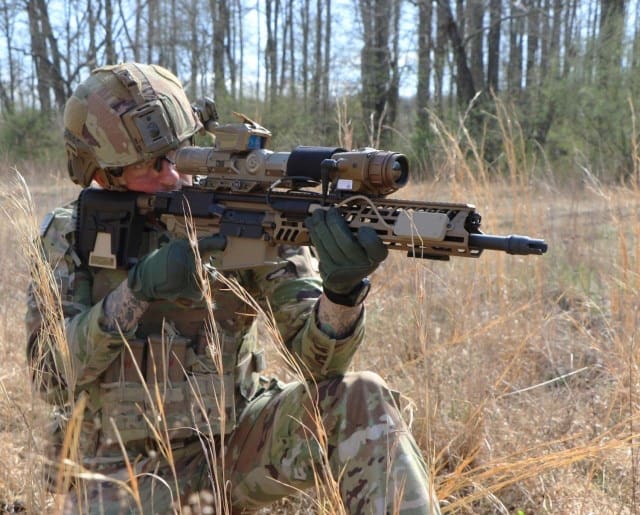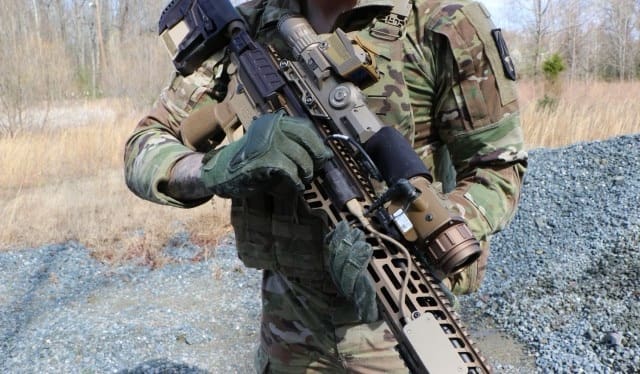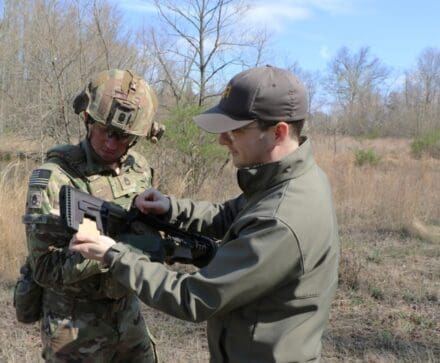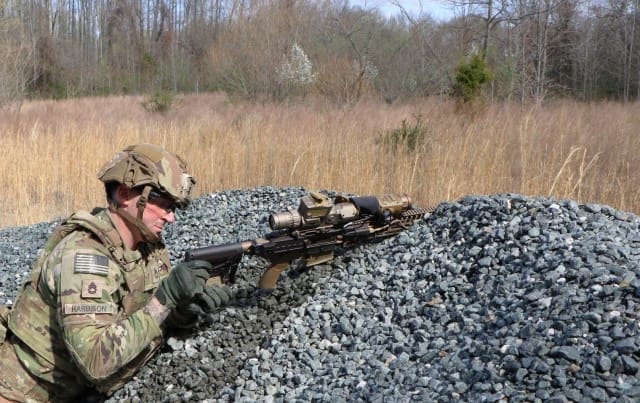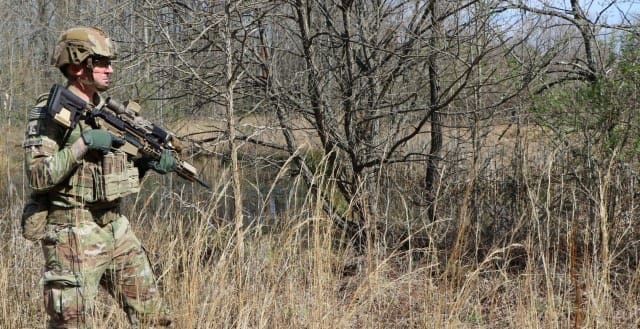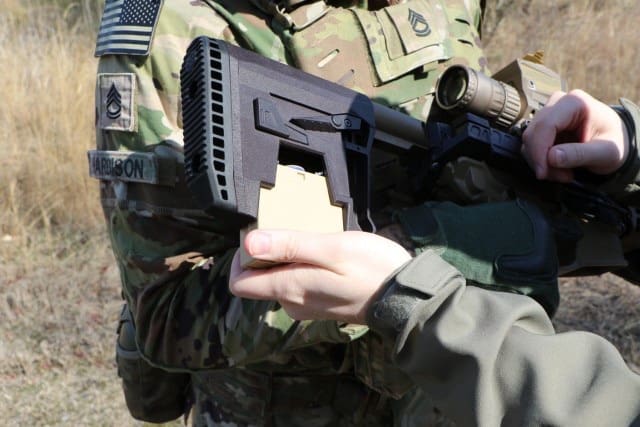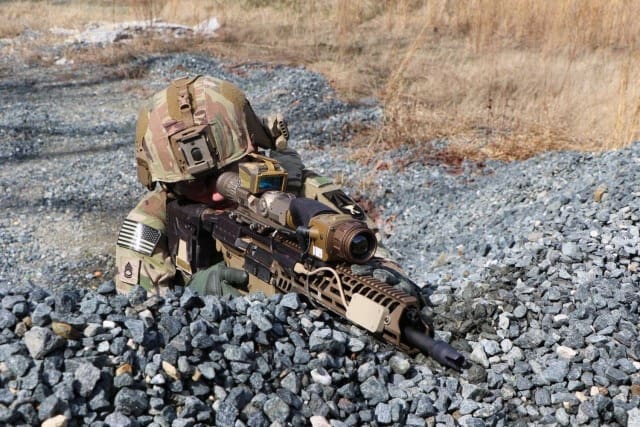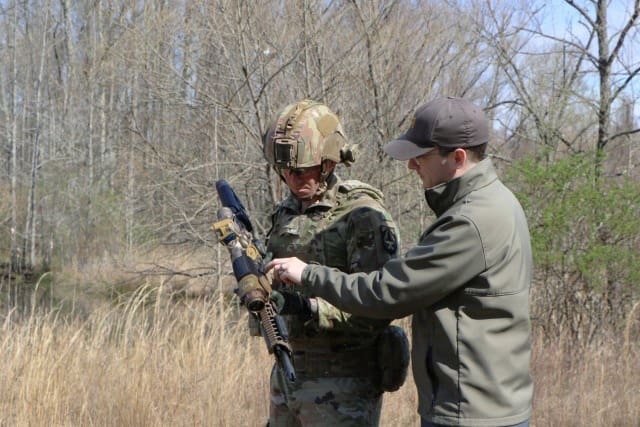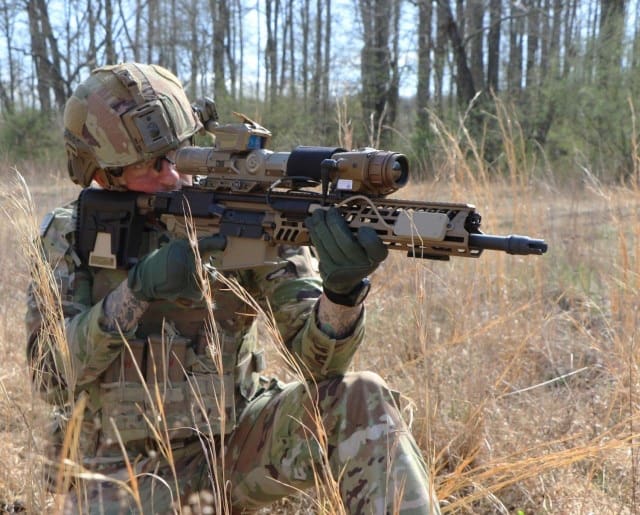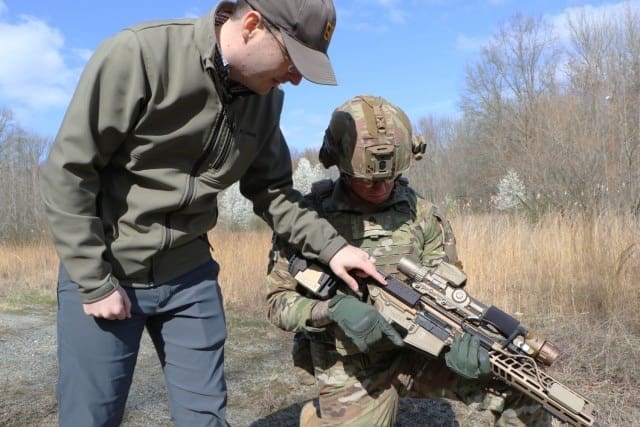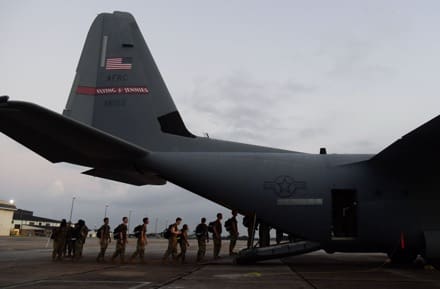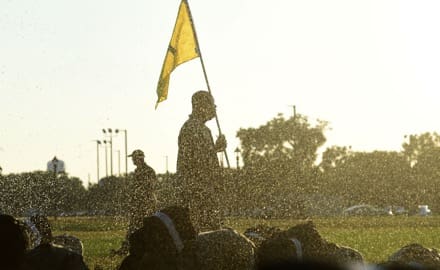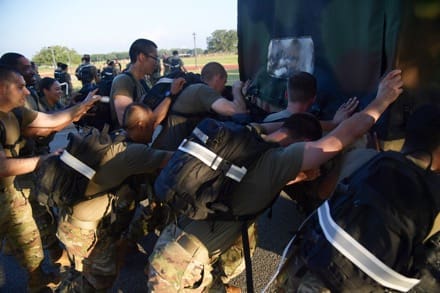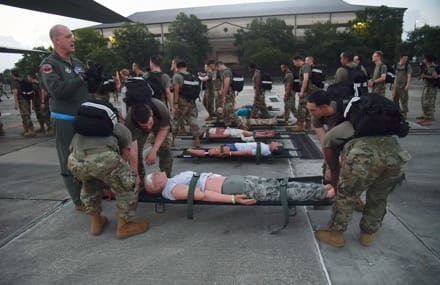FORT RUCKER, Ala. — In a bold move to modernize battlefield capabilities and close critical training gaps, the U.S. Army Aviation Center of Excellence (AVCOE) has launched its inaugural Unmanned Advanced Lethality Course (UALC) at Fort Rucker. Designed to rapidly train soldiers on the lethal employment of small UAS (SUAS), including First Person View (FPV) drone operations. The course lays the foundation for standardized UAS employment across warfighting functions, redefining how small UAS platforms are used in reconnaissance, fires, and maneuver operations.
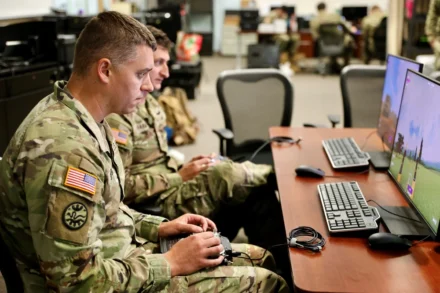
Maj. Wolf Amacker, the chief of the AVCOE Directorate of Training and Doctrine UAS and Tactics Branch, is one of many personnel at AVCOE who played a key role in developing the course.
“This is the first time the Army has done this in a TRADOC setting, coordinating between three difference COEs,” Amacker said. “We’re helping to train the most people, the quickest, on FPV systems that are having a real impact on the battlefield.
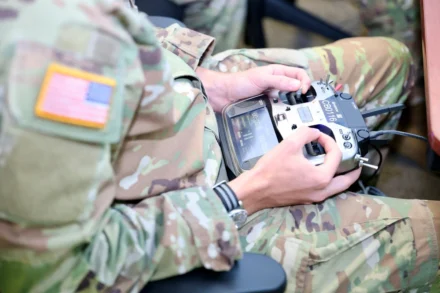
Capt. Rachel Martin, the course director, was tasked with building the program from scratch just 90 days ago. With a background as an intelligence officer in an attack helicopter battalion and an air cavalry squadron, air cavalry troop commander, and Gray Eagle company commander during a 2023 deployment, Martin brought deep operational experience to the challenge.
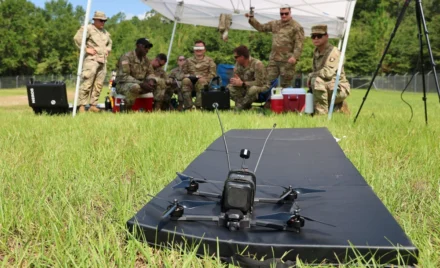
The three-week course begins in the classroom, where students use commercial off-the-shelf drones and simulation software to develop FPV flight skills. After 20 to 25 hours of simulator time, identified as the proficiency threshold through interviews with allied forces, students transition to live flight exercises at the Military Operations on Urban Terrain (MOUT) site.
Instruction also includes fire support integration, with Fires Center personnel teaching students how to adjust fire using drone video feeds in the Call for Fire Trainer.
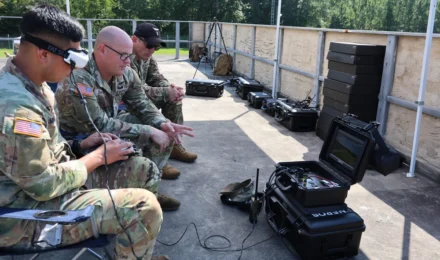
“An 11B [infantryman], 13F [fire support specialist] out there with a SUAS calling for fire and adjusting based on drone video is a relevant skill for the current and future battlefield,” Amacker said. “This may be the first time our students are introduced and trained to do that.”
This training not only enhances lethality but also demonstrates how small UAS platforms can support traditional fire missions in dynamic environments.
The course currently hosts 28 students from across the Army, including infantry soldiers, cavalry scouts, 15W and 15E aviation personnel, and warrant officers from the 150U career field. Participants were selected based on rank and certification as SUAS master trainers, and Transformation in Contact Units. Cadre from the 2-13th and 1-145th Aviation Regiments at Fort Rucker, along with additional aviation personnel, are supporting instruction.
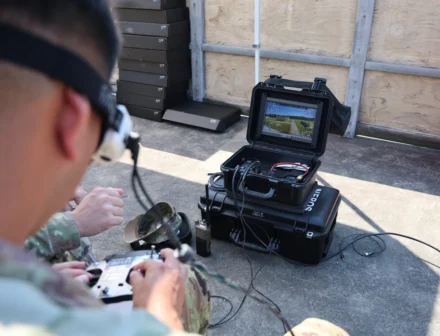
Observers from the Maneuver and Fires Centers of Excellence are evaluating the course for potential adaptation, providing feedback and implementation. The goal is to empower operational units to create their own basic qualification programs while Fort Rucker evolves into the hub for advanced UAS training.
“Aviation becomes that central integrator,” Amacker said. “We’re helping all the warfighting functions and branches get into this space. Maneuver and Fires care about how SUAS helps them engage targets and keep their operators alive, while we also care about how sustainment and MI use small UAS to fulfill their responsibilities.”
The course is designed as both a resident program and eventually a mobile training package (MTP). The accompanying Training Support Package (TSP) will allow units a way to conduct basic FPV training independently, while Fort Rucker will host advanced iterations focused on munitions, diverse UAS platforms, and tactical employment.
“Right now, we’re doing basic things,” Amacker said, highlighting that this is the pilot course, emphasizing the tasks and academics being taught are what units out in the force are struggling with right now.
Students also learn to manufacture and repair drone components using 3D printing. Instruction covers resin, filament, and carbon fiber printers, CAD software, and STL files. The course aims to build a centralized repository of print files for students to take back to their units.
“Eventually, we want students to build and test their own FPV bodies,” Amacker said. “We’re teaching and learning from the force on what’s possible and how to sustain these systems in the field.
The long-term vision for the course aligns with Fort Rucker’s broader innovation goals. Martin hopes to integrate the program with the post’s emerging innovation lab, creating a collaborative hub for data sharing and tactical experimentation.
“This course is a catch-up,” Martin said. “We’re behind globally, and this is our aggressive attempt to close that gap.”
The course also collects performance data on five different drone systems, tracking variables such as crash rates, environmental resilience, and operational effectiveness. This data will inform future procurement and training decisions across the Army.
Designed to evolve with battlefield needs, the UALC will adapt its curriculum as new technologies and tactics emerge, ensuring soldiers remain at the forefront of unmanned systems employment.
“This is constantly changing,” Amacker said. “We’re building something that can grow with the force.”
Martin emphasized the challenges of launching a drone training program from scratch.
“Most of my peers, including myself until 90 days ago, didn’t know how to do this,” she said. “Now we know what it takes, how many people, how much equipment, how much money, and we are sharing this information already with our partners out in the force.”
The pilot iteration is already producing results. Soldiers are eager to learn, and many report a lack of resources and expertise at their home units. The hope is that graduates will return to their formations equipped to train others and establish sustainable programs.
Ultimately, the course aims to empower soldiers to return to their units as trainers and innovators. Many participants are self-taught hobbyists or informal experts. This program, however, provides structure, certification, and a pathway to build unit-level drone programs.
Future iterations will expand into advanced tactics, including one-way attacks using purpose-built FPV drones. By February, Martin envisions students employing low-cost systems to prosecute targets with precision, an ambitious leap toward integrating UAS as a lethal, scalable weapon system.
“We’re creating operators who are not only lethal but also survivable. sUAS operators are the most sought-after high pay-off target on the battlefield right now,” Martin said. “I am very aware that my team has been entrusted with developing solutions for a critical need in emerging Army tactics.”
SFC Jeremy Charm, a 15W UAS Operator with the AVCOE Directorate of Evaluations and Standardization and primary flight instructor for the UALC said, “Teaching our students to know under what circumstance to use these systems to achieve commander’s intent and how to tactically employ them and survive post engagement is our ultimate goal.”
As the Army continues to modernize its approach to warfare, the UAS Lethality Course at Fort Rucker stands as a bold step toward integrating unmanned systems across all domains, and empowering soldiers with the tools and training to dominate the modern battlefield
Story by Leslie Herlick
Aviation Center of Excellence


